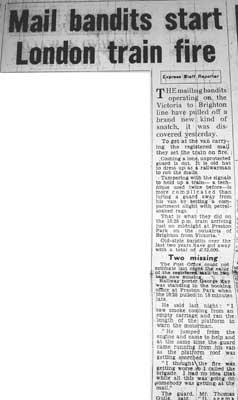

One of the earlier London–Brighton mail train robberies in August 1962 reported in the Daily Express. (Author’s collection)
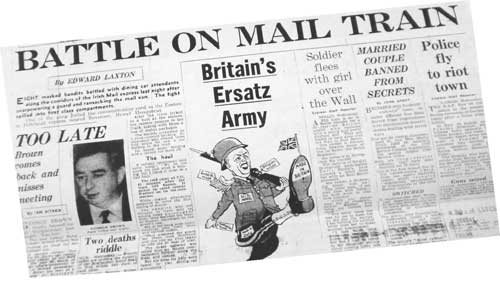
February 1963. The boldest train robbery yet failed to go to plan but succeeded in making the front pages. (Express newspapers)
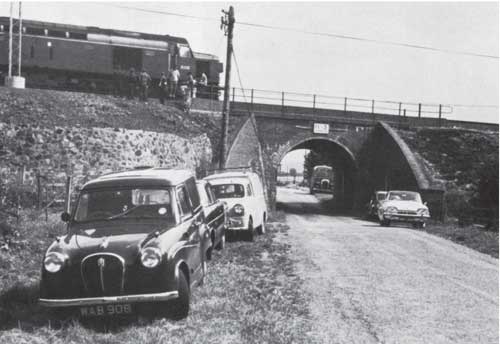
Bridego Bridge, half a mile down the line from where the train was ambushed. It was here the robbers unloaded the HVP coach and passed the mailbags down the embankment by human chain. (Thames Valley Police)
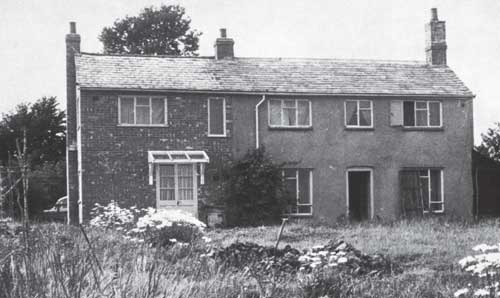
Discovered five days after the robbery, Leatherslade Farm was dubbed ‘Robbers’ Roost’ by BBC TV News reporters. The police referred to it as ‘one big clue’. (Thames Valley Police)
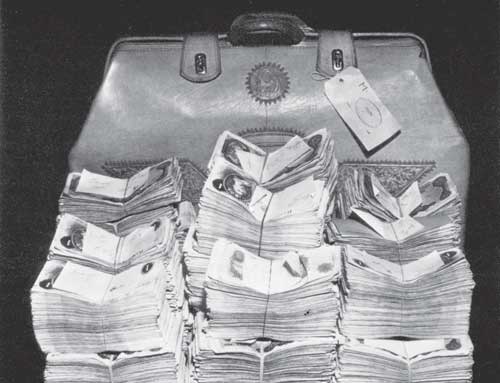
On 15 August, four bags containing £100,900 were found in woods near Dorking. Recently opened files at last reveal who the money belonged to and why they dumped it in the middle of the night. (Thames Valley Police)
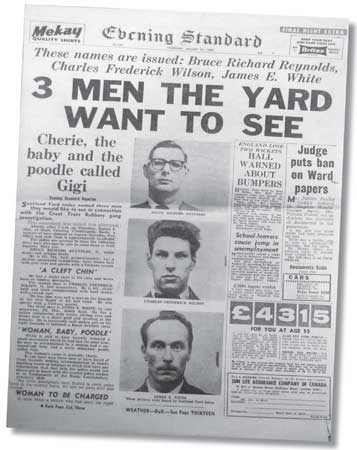
The police announce the names of the first three suspects. (Evening Standard)
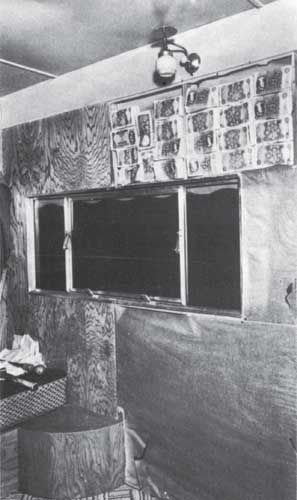
Concealed behind a timber panel in Jimmy White’s Reigate caravan, police discovered £30,440 in stolen banknotes. (Surrey Police)
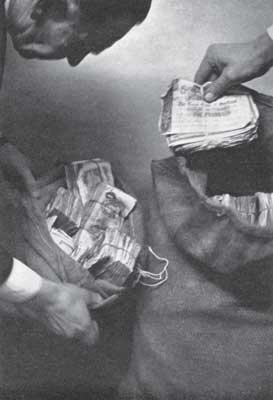
As the result of a mystery phone call, police found two sacks of stolen money in a Camberwell telephone box. New information suggests a deal had been done between the police and one of the gang. (Author’s collection)
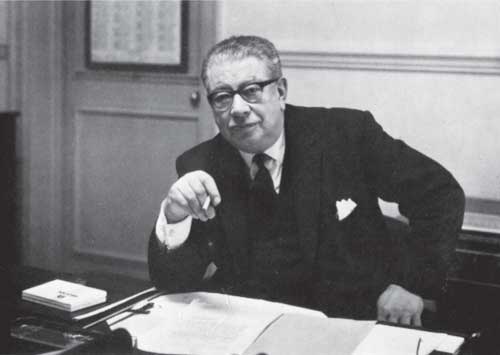
Commander George Hatherill, head of CID at Scotland Yard, had been given a list of those who had taken part in the robbery by an informant. (Author’s collection)
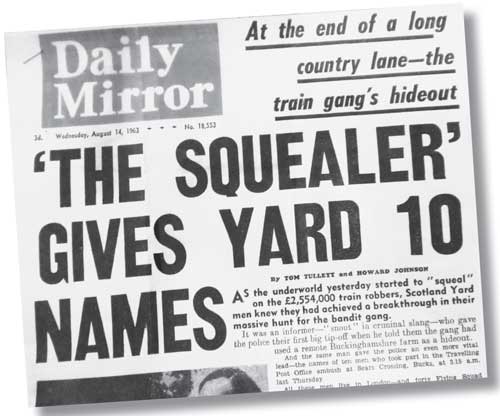
The Daily Mirror dubbed Commander Hatherill’s informant ‘The Squealer’. (Mirror group)
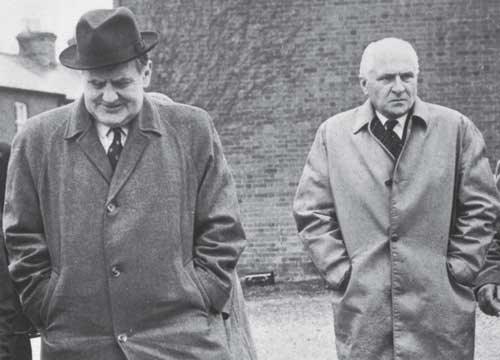
Detective Superintendent Gerald McArthur and Detective Superintendent Malcolm Fewtrell co-ordinated the Buckinghamshire side of the investigation from Aylesbury Police Station. (Author’s collection)
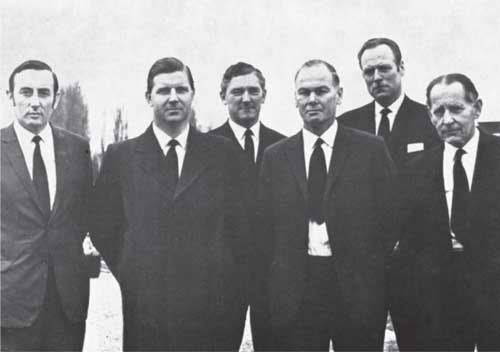
The Flying Squad’s Train Robbery team: (left to right) DS Van Dyke, DS Moore, DS Neville, DI William, DS Slipper and DCI Bradbury. (Author’s collection)
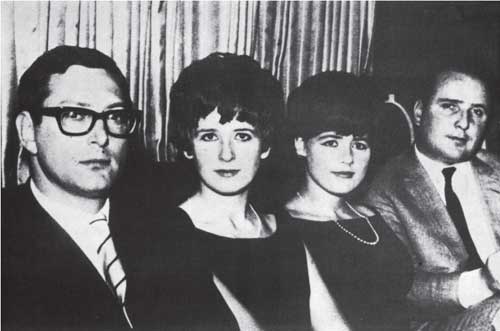
Antique dealers Bruce Reynolds and John Daly with their wives. (Author’s collection)
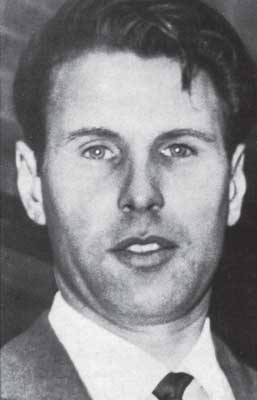
Charles Wilson, a Clapham bookmaker. He was one of the first to be arrested on 22 August as a result of fingerprint evidence. (Author’s collection)
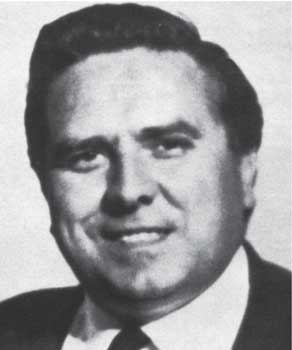
Ronald ‘Buster’ Edwards. This 1962 photograph was found when police searched his flat shortly after the robbery and was used on the 12 September 1963 Metropolitan Police ‘Wanted’ poster. (Author’s collection)
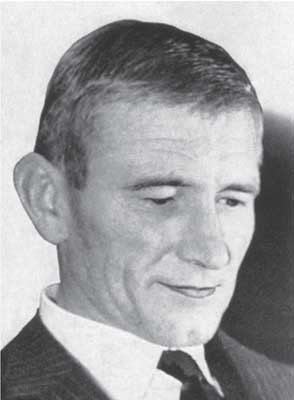
Gordon Goody – one of the gang’s leadings lights. Despite his guilt it remains highly probable that the evidence against him was fabricated by police. (Author’s collection)
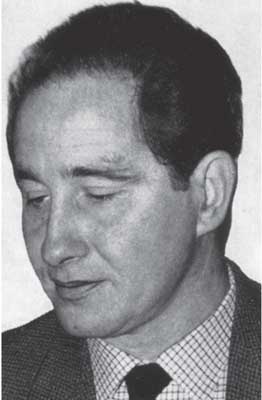
Ronald Biggs. Despite being the best known of the robbers today, in reality he played a relatively minor role in the robbery itself. (Author’s collection)
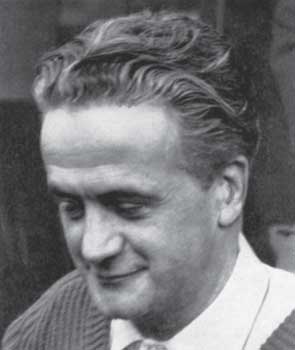
Roger Cordrey, the railway expert. Despite leaving no prints at Leatherslade Farm, he was arrested when he tried to rent a garage in Bournemouth which turned out to belong to a policeman’s widow. (Author’s collection)
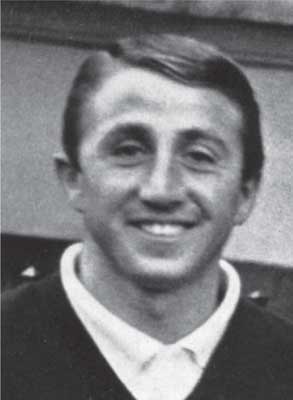
Roy James. An accomplished cat-burglar and a talented motor racing driver, he had beaten future world champion Jackie Stewart four times in the previous year. (Author’s collection)
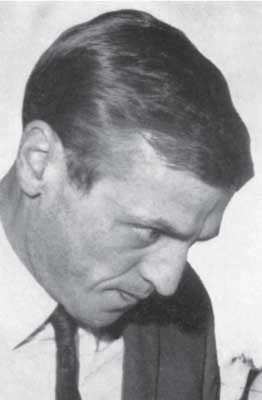
Robert Welch, a south London club owner who already had a successful track record of train robberies on the London to Brighton line. (Author’s collection)
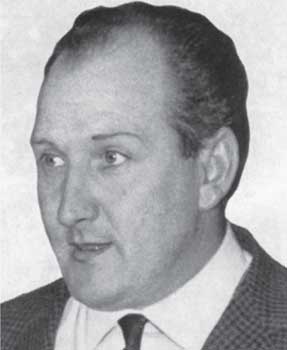
Bookmaker Thomas Wisbey. Convinced that he had left no prints at the farm, he voluntarily telephoned Scotland Yard and told them of his whereabouts. (Author’s collection)
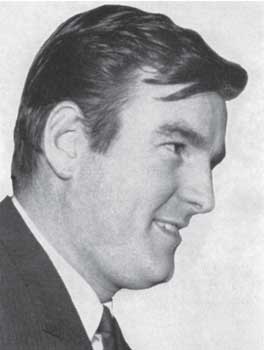
Brian Field, the wily solicitor’s managing clerk. Originally sentenced to twenty-five years’ imprisonment, he served just over three years as a result of his 1964 appeal. (Author’s collection)
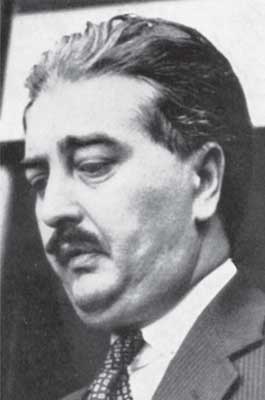
Solicitor John Wheater, seen at the time as being manipulated by his shrewd managing clerk Brian Field; it now seems that he was more centrally involved than was thought in 1963. (Author’s collection)
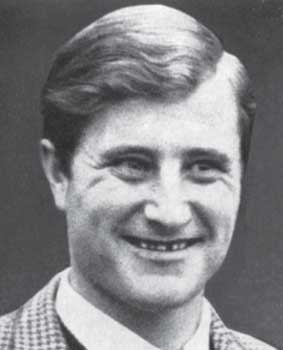
Lenny Field, no relation to Brian Field, was used as a front man in the purchase of Leatherslade Farm. (Author’s collection)
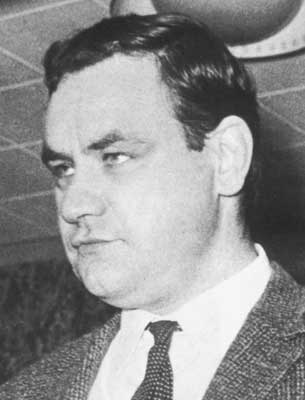
Jim Hussey; put under observation shortly after the robbery and eventually arrested at the flat he shared with his parents on 7 September 1963. (Author’s collection)
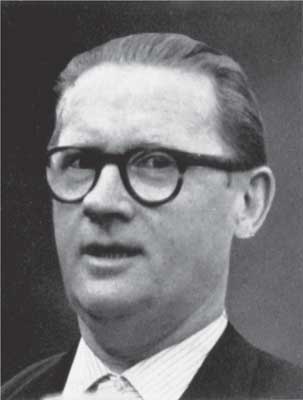
Bill Boal – the forgotten victim of the Great Train Robbery. He had no involvement whatsoever in the robbery but was found guilty and sent to prison, where he died in 1970. (Author’s collection)
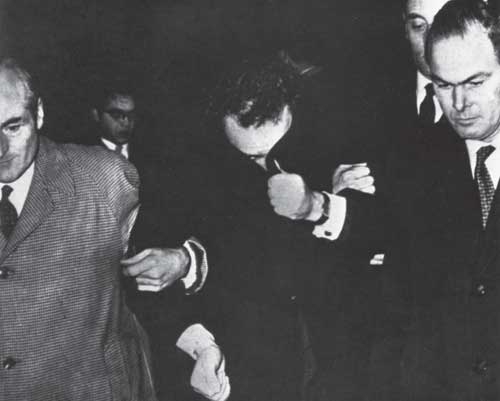
John Daly’s arrest at a flat in Eaton Square on 3 December 1963 was, like a number of other robbers’ arrests, only made possible by a tip-off from an associate who was minding his money. (Author’s collection)
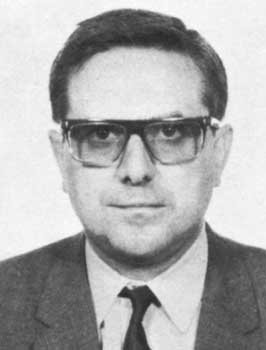
When Ronald Edwards left the country for Mexico in 1965 he had plastic surgery and a new identity. This photograph was taken for his new passport. (Author’s collection)
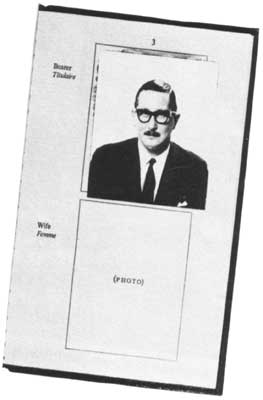
Ronald Biggs, alias Terrance Furminger – the passport Biggs used to travel to Australia in December 1965. (Author’s collection)
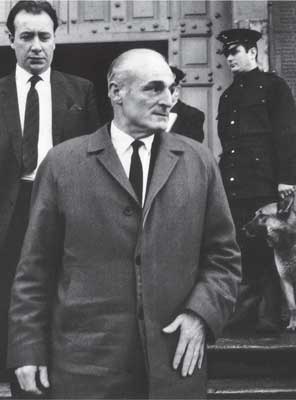
The ‘Grey Fox’, Detective Chief Superintendent Tommy Butler and Harry Lyons of the Post Office Investigation Branch leaving court in Aylesbury. (Author’s collection)
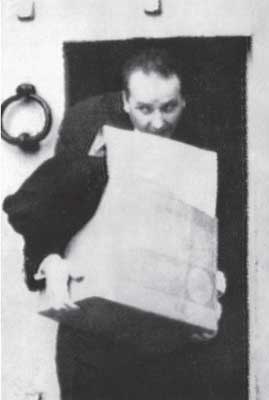
John Daly is released from custody after his shock ‘not guilty’ verdict on 14 February 1964. (Author’s collection)
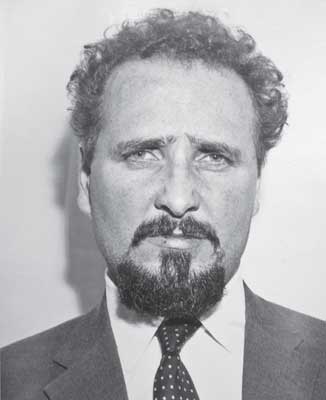
When John Daly was finally arrested, Flying Squad officers barely recognised him as he had lost several stone in weight and now sported a beard. (Author’s collection)
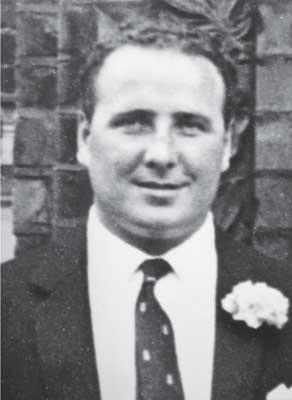
John Daly’s appearance before he went into hiding shortly after the robbery. (Author’s collection)
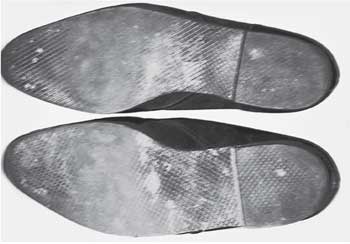
The shoes that convicted Gordon Goody – how and when did the yellow paint get onto the soles? (Metropolitan Police)
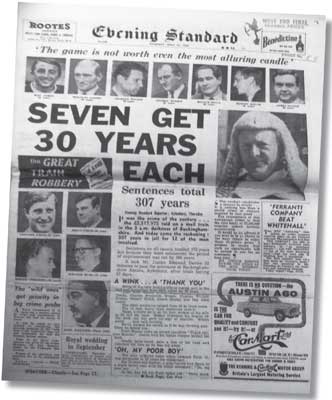
The sentences handed down by Judge Edmund Davies totalled 307 years. (Evening Standard)
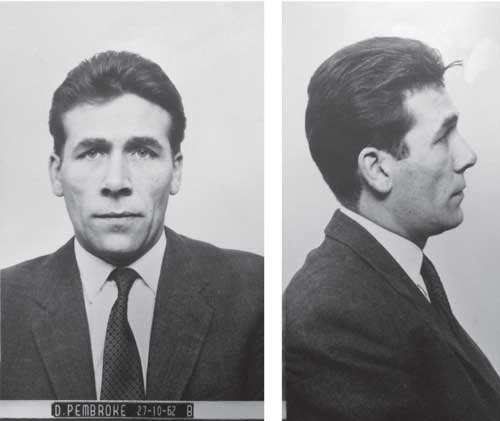
Danny Pembroke. Taken in for questioning in September 1963, the DPP concluded that there was no tangible evidence to prove his involvement in the robbery. (Metropolitan Police)
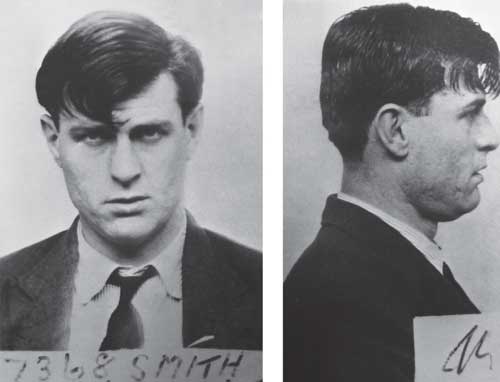
Harry Smith. After a nine-month manhunt, he was finally arrested by Flying Squad officers in South London in May 1964 and taken into custody at Aylesbury. The DPP eventually decided not to press charges. (Metropolitan Police)
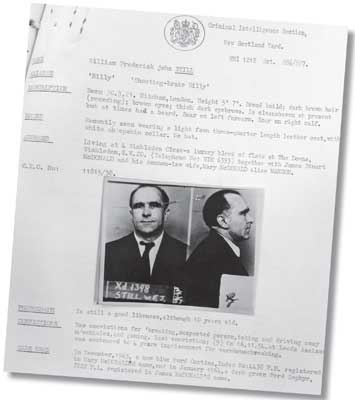
Billy Still. Police suspected that it was his job to clean and burn down the farm – he was, however, arrested in Euston Square in connection with another offence before the train robbery took place. (Metropolitan Police)
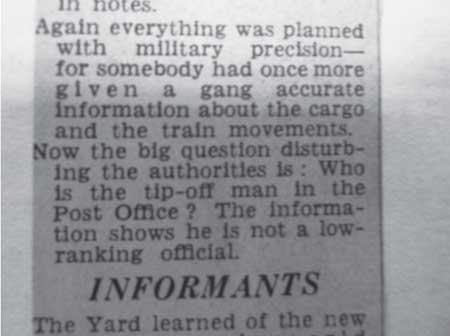
April 1964. Percy Hoskins of the Daily Express highlighting the view that the Post Office insider must be a relatively high-ranking official. (Express newspapers)
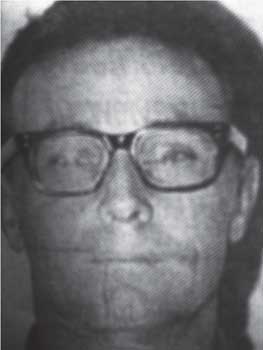
A very rare photo of Jimmy White taken while he was in hiding. (Author’s collection)